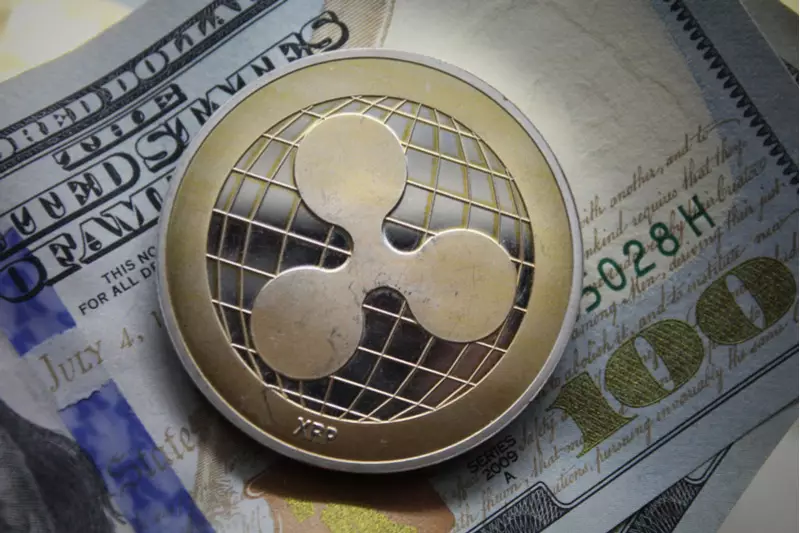In the ongoing discourse surrounding cryptocurrency regulation and acceptance, the emphasis on Bitcoin by notable figures in the crypto space is becoming increasingly pronounced. Samson Mow, the CEO of JAN3 and an outspoken Bitcoin maximalist, stands firmly by the belief that the U.S. government’s potential cryptocurrency reserves should exclusively encompass Bitcoin. His viewpoint comes amidst the flurry of alternative cryptocurrencies, particularly XRP, which he criticizes for its perceived shortcomings and controversies.
Mow’s inflection on this issue reflects a broader trend among Bitcoin advocates who posit that instead of diversifying into altcoins, governments and investors should concentrate their resources on the original and most widely recognized cryptocurrency, which they argue embodies the ideals of decentralization and security. Through Mow’s lens, any involvement with altcoins deviates from these standards, risking taxpayer resources by introducing assets that lack intrinsic value beyond speculative trading.
Mounting criticism from Mow targets Ripple, the company behind the XRP cryptocurrency. He has utilized social media to amplify voices articulating disdain for Ripple, asserting that the reasons to disapprove of the company and its token go deeper than previously realized. Mow’s comments hint at a larger narrative—the perception that Ripple does not embody the same decentralized ethos that many believe Bitcoin upholds. In his view, the mechanism behind Ripple’s token issuance—a simple command that generated 100 billion tokens—illustrates a method that undermines the foundational principles of trust and scarcity upon which Bitcoin was established.
Further complicating this debate is Mow’s assertion that incorporating other cryptocurrencies into a strategic reserve equates to subsidizing corporations that create tokens at will, often profiting off a rapidly fluctuating market devoid of the stability Bitcoin provides. By drawing a parallel to Elon Musk’s commentary about government spending, Mow encapsulates the sentiment that taxpayer money should not be allocated to what he classifies as speculative ventures lacking substance.
The implications of Mow’s perspective extend beyond mere rhetoric, as they align with a growing faction within the cryptocurrency ecosystem advocating for Bitcoin’s supremacy. The discussions are not happening in isolation; they mirror political and economic sentiments regarding fiscal responsibility, innovation, and the stability of a monetary system that is still in its nascent stages of acceptance.
Adding weight to Mow’s stance is Cardano’s founder, Charles Hoskinson, who recently echoed the sentiment that the U.S. strategic reserve should consist solely of Bitcoin. Interestingly, while both Mow and Hoskinson arrive at the same conclusion, their approaches differ, with Hoskinson opting for cooperation with Ripple’s initiative to implement stablecoins on Cardano. This speaks to the multifaceted nature of the cryptocurrency landscape, where competition coexists with the necessity of collaboration.
As cryptocurrencies continue to shape the way we think about finance, Mow’s unwavering commitment to Bitcoin as the sole asset for a proposed U.S. cryptocurrency reserve opens the floor to critical discussions about value, risk, and the true ethos of digital assets. The growing rift between Bitcoin maximalists and supporters of alternative cryptocurrencies underscores the complexities of evolving financial paradigms. Whether or not Mow’s vision prevails in the regulatory arena, it undoubtedly highlights Bitcoin’s pivotal role in shaping the future discourse around cryptocurrency governance and its stability as an asset class.


Leave a Reply